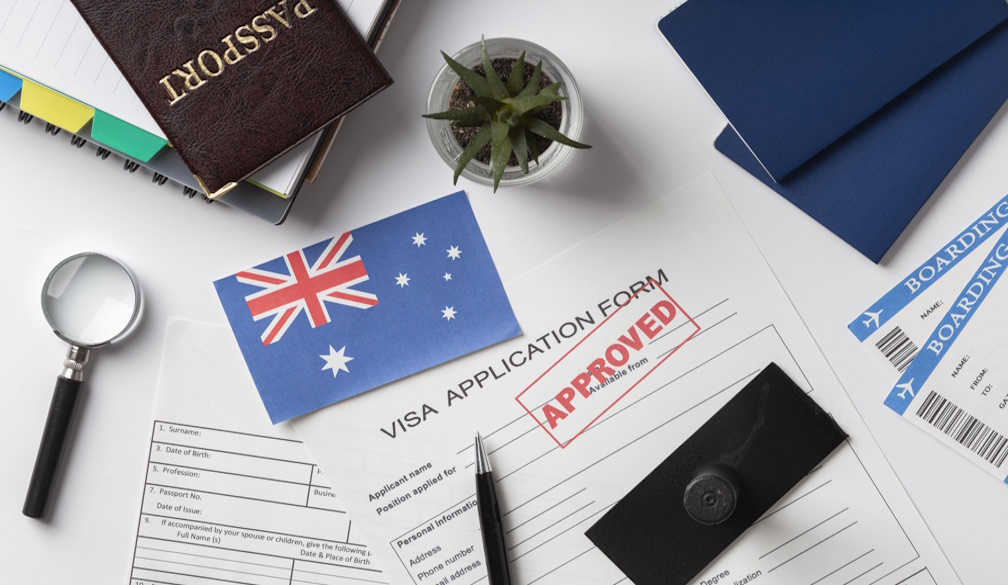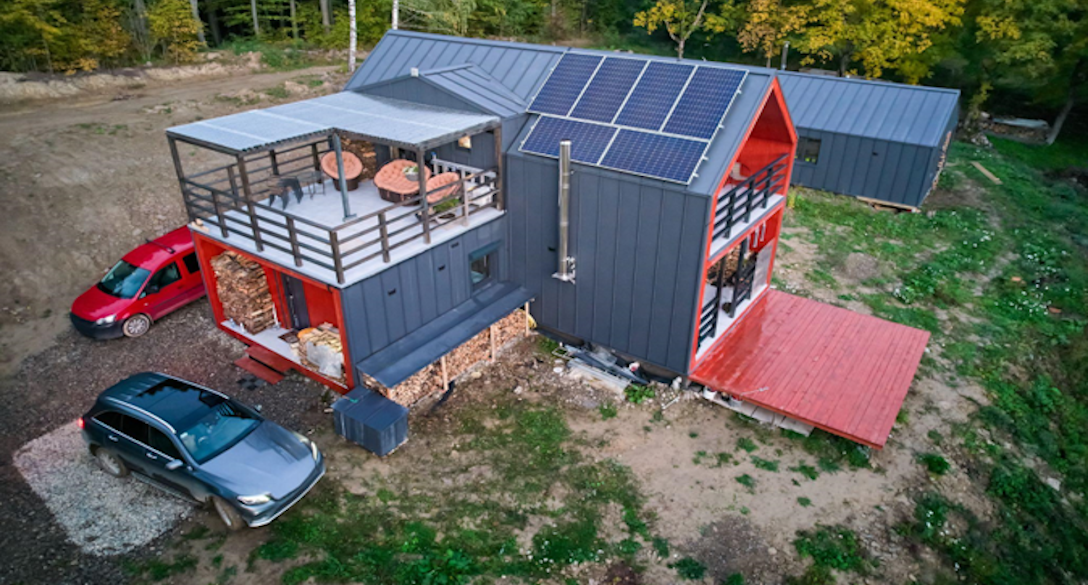How Indigenous and disabled women lost out in the 2018 budget
- Written by Helen Hodgson, Associate Professor, Curtin Law School and Curtin Business School, Curtin University
Despite the government spruiking its tax relief for Australians in this year’s budget, many women will not benefit from the tax plan. There is also a lack of support for the most vulnerable in our society, including Indigenous women, women with a disability and women affected by family violence.
I am a member of the National Foundation of Australian Women Social Policy Committee, and this is the fifth year we’ve examined the effect of the federal budget on women through a gender lens.
The budget papers state that the tax offset, available from 1 July 2018, will benefit low and middle income earners. On the face of it, this should benefit women, as 5.8 million women, or 90% of women who lodged income tax returns in the 2015-16 financial year (which is the most recently available data), earned less than $90,000.
However, the structure of the tax offset only reduces tax paid, if a person pays tax in the first place. In the 2015-16 year, 1.9 million, or 32% of women who lodged a tax return, were not taxable, and would not benefit from the offset.
The structure of the offset also acts as a disincentive to part-time workers increasing their hours of work. The offset reduces the average tax rate for taxpayers eligible for the offset, which should encourage participation in the workforce.
However, when considering whether to increase participation, the effective marginal tax rate is more relevant, as that affects the amount that the worker takes home from the extra hours worked.
Taxpayers with a taxable income lower than A$21,595 will see a reduction in their effective marginal tax rate. But they will not receive the full benefit, as the tax payable is less than the offset.
The fairest way to ensure that low income earners - who may not be taxpayers – receive the full value of the offset is to pay it by way of a direct government payment, which gives the full value to the recipient.
Although the proposals to reduce fees on superannuation will increase superannuation benefits, the recommendations of the Senate Economics Committee to remove the exemption from the superannuation guarantee for wages less than A$450 per month and pay superannuation guarantee entitlements on paid parental leave have not been addressed.
The budget also has consequences for some of the most disadvantaged groups in the community.
Additional funding was not set aside for the National Plan to Reduce Violence against women and their children. Eight years after the plan was launched and midway through the government’s Third Action Plan, there is no improvement in any of the four indicators of change. These are reduced prevalence of violence and sexual assault; increased proportion of women who feel safe in their communities; reduced deaths related to domestic violence and sexual assault, and a reduced proportion of children exposed to their mother or carer’s experience of domestic violence. Nor is there any other sign of a substantial – let alone sustained – reduction in violence against women.
As the leader of the plan, the federal government should increase its funding in line with that of the larger states. For example, Victoria has committed A$1.9 billion over three years toward family violence prevention, response and recovery in the 2017-18 budget, with a further A$42.5 million announced for 2018-19.
Read more: Victoria leads the way on family violence, but Canberra needs to lift its game
Indigenous women also lose out with this budget. At a time when the government’s Closing the Gap efforts are seen to be faltering, with only one of seven key targets on track to be met after a decade, there is little in this budget to change that.
Notably, the proposal to allow the federal government to withhold welfare payments to pay fines imposed under state and territory laws has been described by the National Congress of First Peoples as:
…a recipe for ensuring that the poorest and most vulnerable members of our society will remain so, with unpaid fines likely leading to increased rates of incarceration rather than pathways to prosperity.
Women living with a disability are also poorly served in this budget. Some women with disabilities who are not eligible for the National Disability Insurance Scheme are seeing increasing erosion of their benefits, because they are classified as “insufficiently disabled” by their impairment and/or they are older than 65. For example, people with severe mental health issues are having difficulty accessing the scheme.
In another measure, Indigenous women receiving the disability support pension will see the suspension period for it while incarcerated reduced to 13 weeks from the current two years. This means on release from prison, disability support pension recipients will have to reapply for the benefit, creating hardship in the crucial period of adjustment following release.
There is an underlying need for housing that is common to all of these vulnerable groups, but there is nothing in the budget to address housing. Women fleeing domestic violence need crisis accommodation; women with disabilities need housing that is appropriate to their needs; and 18% of Indigenous households are living in houses of an unacceptable standard. There is no new money for any of these groups.
At a time when the cost of rental accommodation makes most homes unaffordable to people on benefits, there is no proposed increase in the level of Commonwealth Rent Assistance.
Read more: Homelessness: Australia's shameful story of policy complacency and failure continues
The Minister for Women has announced there will be a statement later in 2018 regarding initiatives for women. There’s also a substantial amount, A$1.4 billion over the next four years, that has been set aside in the budget papers for spending on initiatives that have not yet been announced.
This statement should allocate funding to improve the wellbeing of women. Vulnerable women need access to appropriate housing, and Commonwealth Rent Assistance needs to be increased for those in the private rental market. Funding for the National Plan to Reduce Violence and Closing the Gap need to be increased.
The economic security of women can be improved by removing the superannuation guarantee exemption for employees earning less than A$450 per month, and by providing for the payment of the superannuation guarantee on paid parental leave.
The national disability sector is expanding, and job design and skills development must be reviewed to cater for the needs of employees and their clients.
Finally, good policy can only be developed when we have real data. Time use surveys provide data on how Australians use their time, whether in paid or unpaid work, or in caring responsibilities. The Australian Bureau of Statistics has not been funded to run a time use survey since 2006. Funding needs to be restored to conduct an annual time use survey to guide policy decisions.
Authors: Helen Hodgson, Associate Professor, Curtin Law School and Curtin Business School, Curtin University
Read more http://theconversation.com/how-indigenous-and-disabled-women-lost-out-in-the-2018-budget-96531



















